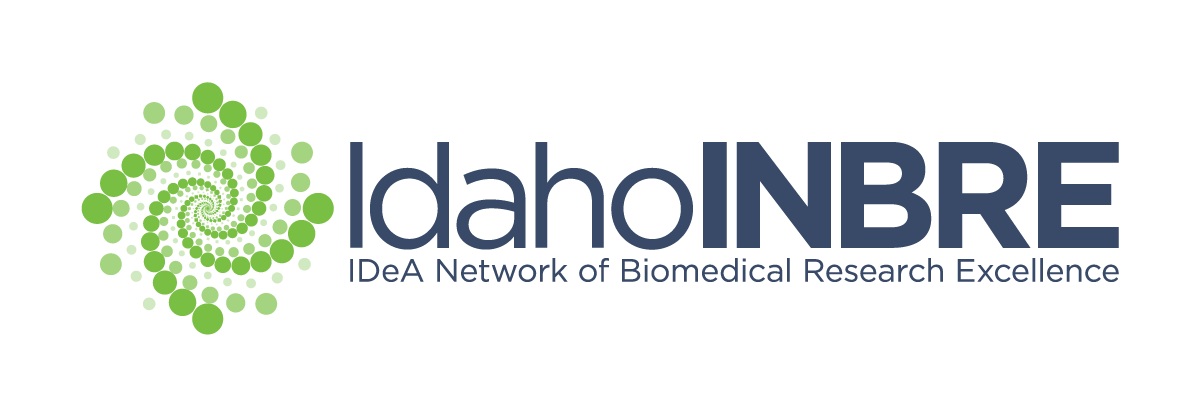
- Name: Daniel Fologea, Ph.D.
- Institution: Boise State University
- Department: Physics
- Phone: 208-426-2664
- Email: danielfologea@boisestate.edu
Summary: My research interests are focused on membrane biophysics with a special emphasis on transport of ions and molecules through artificial and natural membrane systems and ligand-membrane interactions. The transmembrane transport is a crucial component of the cellular machinery in health and disease, responsible for the correct functionality of any cell. In addition, harnessing and controlling the transmembrane transport of molecules open novel avenues for developing artificial membrane-based carriers for targeted and controlled drug delivery at precise locations in the human body. Ligand-membrane interactions are important components of the attack mechanisms presented by toxins and viruses; they may be exploited for development of novel adjuvant therapy strategies intended to prevent and mitigate bacterial and viral infections.
Minimum Classes: Any student interested in membrane transport and interactions is welcome to join our research group.
Projects: The first proposed research project for a potential INBRE Summer Fellow aims at understanding how the transport of organic and inorganic ions through artificial lipid membrane systems is modulated by mechanical stress applied to the membrane. The experimental work regarding this project includes preparation of planar lipid membranes, application of controlled pressure on one side of the membrane until a desired curvature and mechanical stress are achieved, and measurement of membrane’s permeability to ions. The student will learn how to prepare planar lipid membranes, characterize their integrity based on capacitance and conductance measurements, model membrane systems as spherical shells to explore the relationship between curvature and mechanical stress, measure the curvature, determine mechanical stress using imaging and stress-sensitive fluorescence dyes, estimate membrane’s permeability to ions by electrophysiology techniques, and establish mathematical relationships between mechanical stress and permeability. The experimental work will be completed by implementing a transmembrane transport model based on the transition state theory, which will account for the free energy term introduced by the mechanical stress.
The second proposed project pertains to the use of liposomes toxins and viruses traps based on their high affinity for particular components of the membrane. The experimental work of this projects begins with producing liposomes that contain in their membrane lipids and receptors known as targets for viruses and toxins. We also plan on using aptamers to functionalize the surface of the liposomes and endow them with specific binding capabilities for viruses and toxins. The toxins we will work with are cholesterol-dependent cytolysins (streptolysin, and tetanolysin), and sphingomyelin-dependent pore-forming toxins (i.e., lysenin). The T4 phage will be used as a virus model (owing to its inability to infect humans) together with non-pathogenic E. Coli. The liposomes’ ability to prevent lysis will be tested through measurement of the hemolysis rate of sheep red blood cells. Viral infection prevention will be tested by employing non-pathogenic E. coli strains as target cells and estimating their viability with and without liposomes added to the culture medium. Our investigations include measuring the avidity of toxins for particular membrane compositions by employing Kinetics Exclusion Assays, Surface Plasmon Resonance, and Electrophoretic Mobility Shift Assays.


